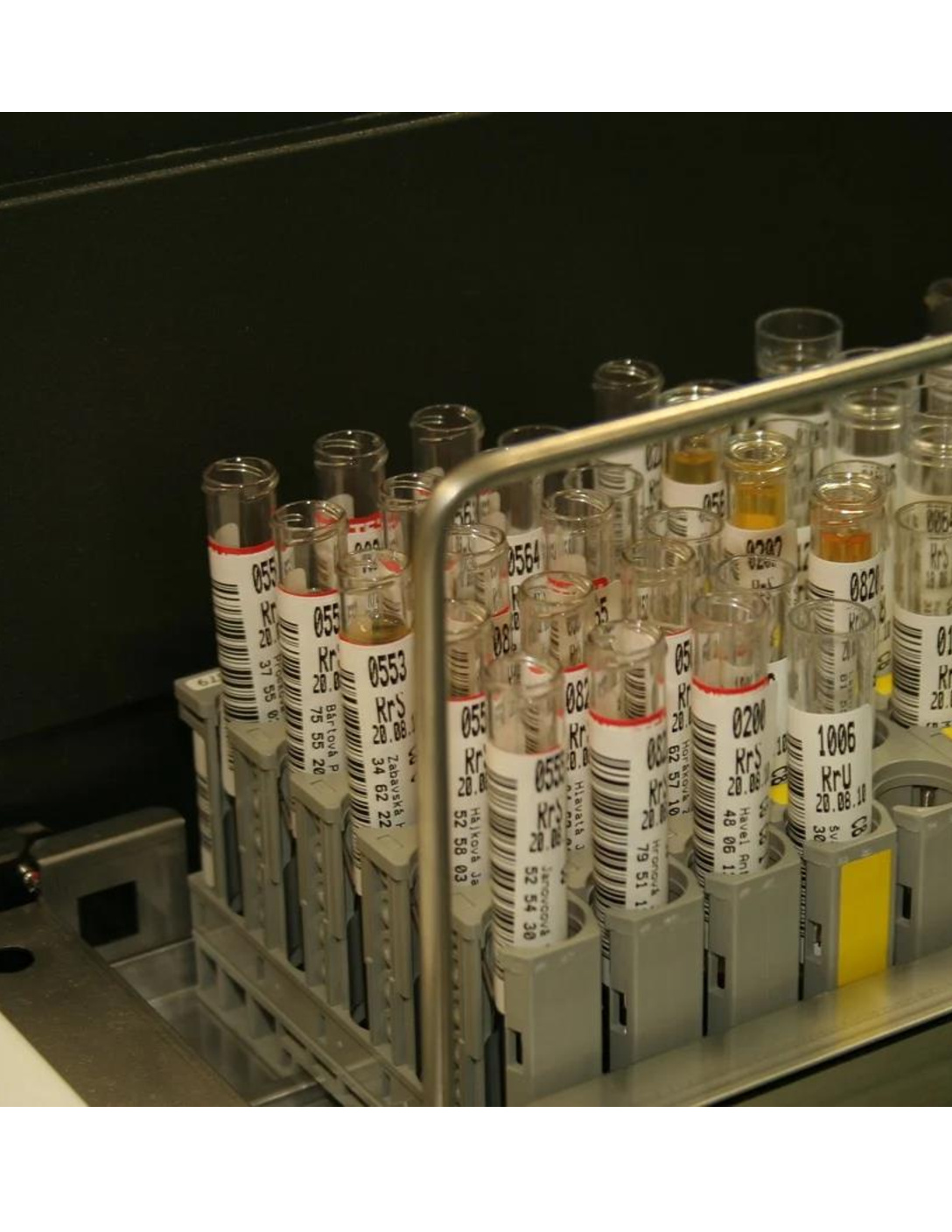By Hoang-Nam Vu, Staff Writer for Save The Water™ | October 21, 2015
As with every year, Labor Day brought a new school year into session as millions of students began their semester. Unfortunately, some of these students unexpectedly encountered pollution. This kind of shock occurred in Portsmouth, New Hampshire, where it was discovered that much of the water from the Haven Well, (the local source of water), was contaminated. Before the city’s schools opened, many students were given blood tests to check for contaminants in their bodies. Many of the tests returned positive.
Denizens of Portsmouth as young as five years old were found to have levels of perfluorinated chemicals (PFCs) up to 10 times higher than the normal levels outlined by the Environmental Protection Agency (EPA) (5). This includes perfluorooctane sulfonic acid (PFOS), which was also found at about 10 times higher than EPA-sanctioned levels (3).
PFCs are a group of manufactured compounds used to make stain, grease, and water-resistant everyday products, such as non-stick cookware; stain-resistant carpets and sofas; waterproof clothes and mattresses; and some types of food-packaging. It is safe to say that PFCs are easily found in many parts of everyday life, which explains why low levels of PFCs are normally found in humans. They are often transmitted through the consumption of contaminated food or water, or by using products that contain PFCs (3). Despite their relatively benign frequency in humans, PFCs in high quantities are tremendously dangerous. In animal studies, some PFCs have been found to disrupt normal endocrine activity, reduce immune function, cause adverse effects on multiple organs, including the liver and pancreas, and cause developmental problems in rodent offspring exposed in the womb (3).
Other than having notorious, adverse, health effects, PFCs have relatively long half-lives, i.e. the time it takes 50% of the chemical to leave the human body. In a 2007 study investigating the success of serum elimination of PFOS, perfluorooctanoic acid (PFOA), and perfluorohexane sulfonate (PFHS) in retired fluorochemical production workers, it was found that the three tested PFCs were estimated to be in the workers’ blood for between 4 and 8 years after ceasing exposure (1).
Many parents of children who tested positive are concerned. Some worry about the consequences of persistent chemicals within their children’s bodies. One mother stated that “all of the children there, they eat the food that’s cooked in the water,” and “the things it’s done are scary – such as liver cancer, bladder cancer…” (5). And, her worries are justified. The children who have been drinking the toxic water could suffer from adverse health effects as they age.
Local concerns aren’t limited to the presence of PFCs in people’s bodies, however. Phenomenons of migration of the contaminated water have been brought up by officials in the surrounding area. The fear of unpredictable, widespread contamination has been discussed in towns surrounding Portsmouth. “We don’t know where contaminated bodies of groundwater will be 20, 30 years from now,” said David Page, a former chemistry professor who now serves on the Pease International Airport’s Restoration Advisory Board. “We want to make sure that future tenants and future owners of property there don’t do things that could affect their health, like drilling a well” (5).
Although widespread contamination throughout the state is certainly on people’s minds, the main focus right now is Portsmouth. Haven Well, the source of the contaminated water, has been shut down, and local officials have been looking for a solution to remove the chemicals from people’s bodies. Detoxifying techniques have been formulated, but many are essentially limited to the individual level. Techniques like eating the Indian gooseberry and completing intestinal cleansings (5) may be effective “home remedies,” but local officials are still searching for a widespread chemical removal solution.
Works Cited
Benninghoff, Abby D., Ph.D, and Wendy Hessler. “Perfluorinated Chemicals Stay in People
for Years Not Days.” — Environmental Health News. Environmental Health News, 22 Mar. 2009. Web. 3 Oct. 2015. (1)
Dumont, Tyler. “Girl Has ‘high Levels’ of Chemicals in Blood after Drinking Contaminated
Water at Pease Tradeport | NH1.” NH1. NH1, 21 Aug. 2015. Web. 3 Oct. 2015. (2)
McMenemy, Jeff. “Pease, Portsmouth Wells at Risk of Contamination.” Seacoastonline.com. Seacoastonline.com, 26 Apr. 2015. Web. 3 Oct. 2015. (3)
“Perfluorinated Chemicals (PFCs).” National Institute of Environmental Health Sciences. Niehs.nih.gov. Web. 3. Oct. 2015. (4)
Rosenberg, Martha. “10 Ways To Cleanse Your Body Of Herbicides, Pesticides And Other Harmful Toxins – Reset.me.” Resetme. Resetme, 14 Apr. 2015. Web. 3 Oct. 2015. (5)
Wuthmann, Walter. “Chemicals Linked to N.H. Contamination Found in Brunswick.” The Forecaster. The Forecaster, 17 Sept. 2015. Web. 3 Oct. 2015. (6)




